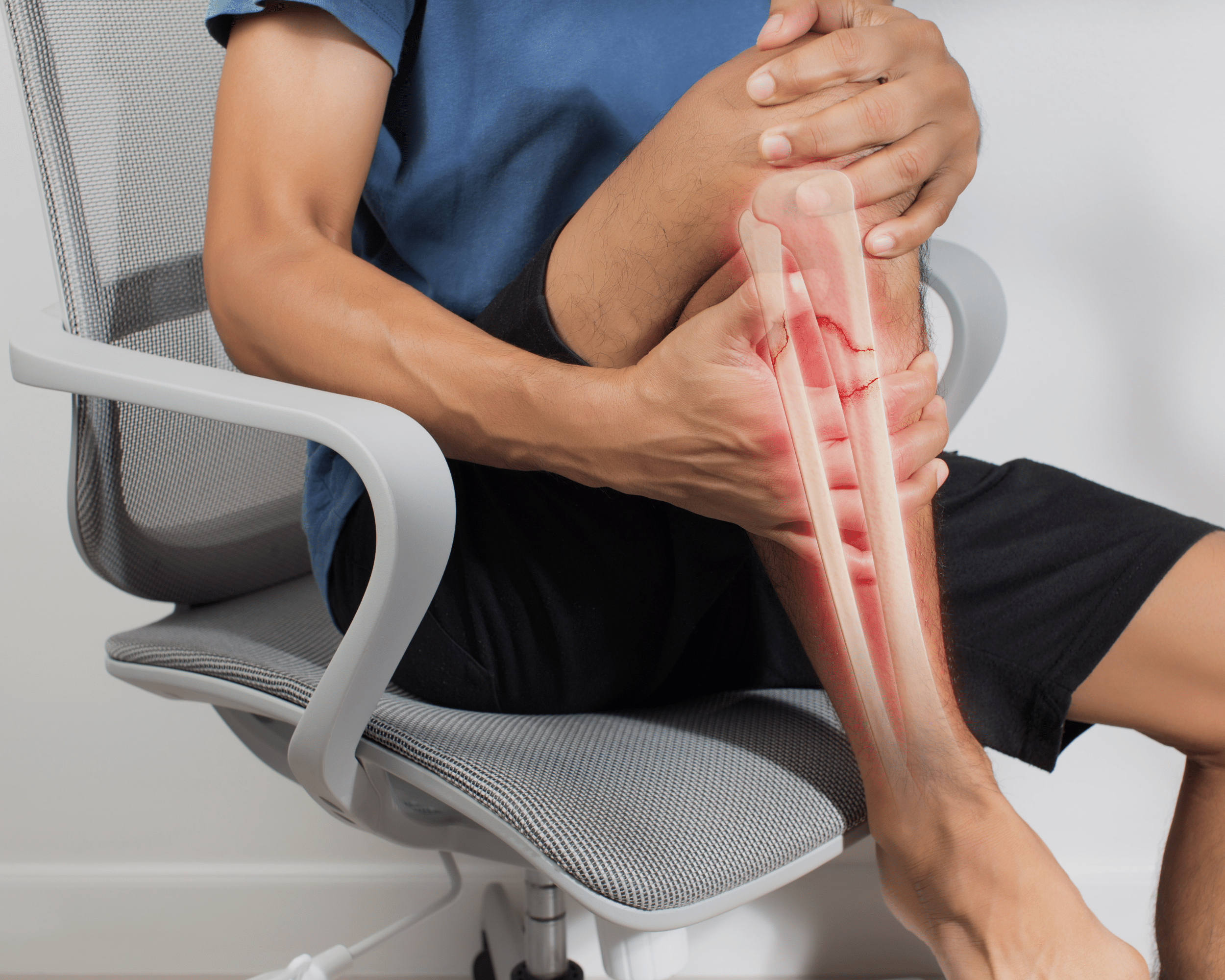Hormone Therapy and Nutritional Approaches for Osteopenia & Osteoporosis in Perimenopausal and Menopausal Women
The Perimenopause/Menopause Bone Challenge
As women go through early Perimenopause and eventually Menopause, it represents a critical transition in women's health, marked by declining estrogen AND testosterone levels that significantly impact bone density. This hormonal shift accelerates bone resorption, creating an imbalance where bone breakdown outpaces formation, leading to osteoporosis. Women can lose up to 20% of their bone mass in the five to seven years following menopause, making this period crucial for intervention.

Bioidentical Hormone Therapy: Addressing the Root Cause
Bioidentical hormone replacement therapy (BHRT), as highlighted by our Bone and Hormone Experts specialists at The Hormone Zone, provides a cornerstone treatment for menopausal bone loss. Estrogen and testosterone therapy directly addresses the root cause of both premenopausal and postmenopausal osteoporosis by binding to estrogen receptors in bone tissue, inhibiting osteoclast activity (cells that break down bone), and promoting osteoblast function (cells that build bone).
Clinical research demonstrates that estrogen therapy can reduce fracture risk by 30-40% when initiated within the first decade after menopause. The Hormone Zone approach emphasizes personalized hormone protocols that balance estrogen with progesterone and testosterone, which also contributes to bone density through increased muscle mass and enhanced bone mineralization.
Nutritional Foundations for Bone Integrity
Beyond hormones, optimal nutrition forms a critical component of bone health management. We have discovered that most women are protein deficient leading to muscle loss and fat gain. We measure body composition very thoroughly and lead patients towards optimal protein goals, leading to increased muscle as well as bone.
Strategic Supplementation for Optimal Results
Strategic supplementation complements these dietary approaches. Accurate measures for optimal Vitamin D3 intake (2,000-5,000 IU daily) is crucial for calcium absorption and independently supports bone formation. We offer both oral and injectable forms to optimize patient health outcomes.
Vitamin K2 (especially the MK-7 form, 100-200mcg daily) directs calcium into bones rather than soft tissues. Magnesium glycinate (1200 mg daily) partners with calcium in crystal formation and activates vitamin D. Comprehensive protocols often include additional bone-supporting nutrients like boron, strontium, and silicon to enhance mineralization and bone matrix formation.

Movement as Medicine: The Exercise Component
Weight-bearing exercise represents another essential pillar in this integrated approach. Resistance training and impact activities stimulate bone formation through mechanical stress, while also building muscle mass that supports skeletal stability and reduces fall risk. The comprehensive programs at The Hormone Zone typically incorporate exercise recommendations calibrated to the individual's fitness level and fracture risk, with emphasis on progressive resistance training, weight-bearing activities, and balance exercises.
Additionally, we partner with the experts at OsteoStrong McCormick Ranch and Arcadia where they offer a unique exercise approach to truly generate bone growth in the shortest period of time.
Accurate Bone Density Testing
In our partnership with OsteoStrong, The Hormone Zone offers the advanced and highly accurate bone scan called Radiofrequency Echographic Multi Spectrometry (REMS) which represents a breakthrough in osteoporosis assessment, offering a radiation-free alternative to traditional DEXA scanning. This innovative ultrasound-based technology analyzes the internal structure of bone by sending high-frequency sound waves through the femur and lumbar spine, then applying sophisticated algorithms to create detailed maps of bone microarchitecture. REMS technology distinguishes itself by measuring not just bone mineral density but also qualitative aspects of bone structure that contribute to overall strength and fracture resistance. Beyond standard metrics, REMS offers additional insights through its Fragility Score, which evaluates bone quality parameters that contribute to fracture risk independent of density measurements. This comprehensive assessment enables clinicians to develop more personalized treatment strategies that address the multifaceted nature of bone strength, potentially improving fracture prediction accuracy and treatment monitoring capabilities in menopausal women and other at-risk populations.

The Timing Advantage: Early Intervention
The timing of intervention remains critical, with the greatest benefits achieved when therapy begins during the perimenopause or early postmenopause period. This "window of opportunity" allows for preservation of bone architecture before significant deterioration occurs. Regular bone density monitoring through the above mentioned REMS testing or traditional DEXA scanning helps track progress and adjust protocols accordingly. The integrative approach at The Hormone Zone emphasizes early assessment and intervention to maximize bone preservation.
This integrated approach—combining bioidentical hormone therapy, nutrient-dense diet, targeted supplementation, specific osteogenic loading exercise and accurate REMS testing—offers a comprehensive strategy for addressing menopausal osteoporosis. By addressing both the hormonal triggers and nutritional requirements for healthy bone metabolism, women can maintain skeletal integrity and reduce fracture risk throughout their postmenopausal years, preserving mobility, independence, and quality of life.












